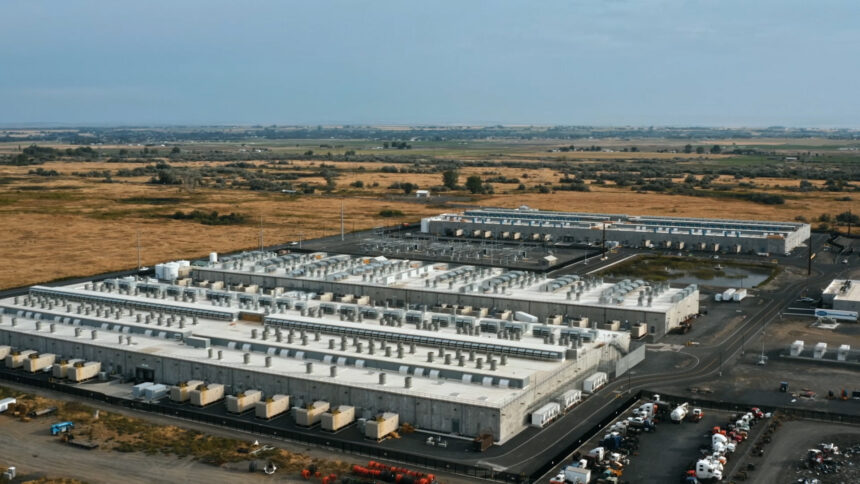In the shadow of sprawling server farms that power our digital lives, a complex battle is unfolding between technological expansion and environmental preservation. The explosive growth of artificial intelligence and cloud computing has triggered an unprecedented surge in data center construction worldwide, raising critical questions about the industry’s environmental footprint at a time when climate targets grow increasingly urgent.
“We’re witnessing a fundamental collision between two opposing forces,” explains Dr. Eleanor Hughes, environmental sustainability director at the Global Data Infrastructure Institute. “On one side, we have the insatiable demand for computing power driving massive energy consumption. On the other, we face increasingly stringent carbon reduction mandates that require fundamental changes to how these facilities operate.”
Recent industry analysis reveals the stark reality: global data center electricity consumption jumped 18% last year alone, now accounting for approximately 3.5% of worldwide emissions. With AI workloads requiring up to ten times more energy than traditional computing tasks, this figure could potentially double within five years without intervention.
The challenge extends beyond simple power consumption. Water usage for cooling systems has become equally problematic, particularly in regions already facing water scarcity. A typical hyperscale facility can consume between 3-5 million gallons daily—equivalent to the needs of a small city.
Nevertheless, amid these challenges, promising innovations are emerging from the tech sector itself. Microsoft’s underwater data center experiment demonstrated 8x greater reliability than land-based counterparts while eliminating water consumption for cooling. Meanwhile, Google has pioneered advanced thermal management techniques that have reduced cooling energy requirements by over 30% across their global infrastructure.
“The technology industry understands it must lead by example,” notes Sanjay Mehta, chief sustainability officer at Canadian cloud provider NorthStack. “We’re seeing unprecedented investment in both operational efficiency and clean energy procurement. The question isn’t whether data centers can become sustainable, but how quickly we can transform the entire ecosystem.”
The Canadian landscape offers a compelling case study in this transformation. Quebec’s hydroelectric resources have attracted major data center investments, with providers leveraging the province’s clean energy grid to power facilities with minimal carbon impact. Similarly, British Columbia’s emerging green hydrogen initiatives present opportunities for next-generation backup power systems that eliminate diesel generators—traditionally one of the industry’s most problematic emissions sources.
However, experts caution that technological solutions alone remain insufficient. Policy frameworks must evolve to incentivize both efficiency and renewable energy development. The European Union’s recent Data Center Sustainability Directive establishes aggressive efficiency targets while requiring facilities to match 75% of their consumption with new renewable energy production by 2030.
“We need similar regulatory clarity in North America,” argues Thomas Chen, environmental policy director at the Clean Technology Alliance. “The industry is willing to invest, but requires consistent standards and supportive policies that recognize both the essential nature of digital infrastructure and its environmental responsibility.”
For everyday Canadians, these developments carry significant implications. Our increasingly digital lifestyles—from streaming services to smart home devices—contribute directly to data center demand. Meanwhile, the energy transitions required to power these facilities sustainably will reshape our electrical grid, potentially affecting consumer prices and reliability.
As this technological transformation accelerates, one question becomes increasingly relevant for both industry leaders and policymakers: Can we develop an innovative digital economy without compromising our climate commitments, or must we fundamentally reconsider how we build and power the infrastructure that enables our connected world?










